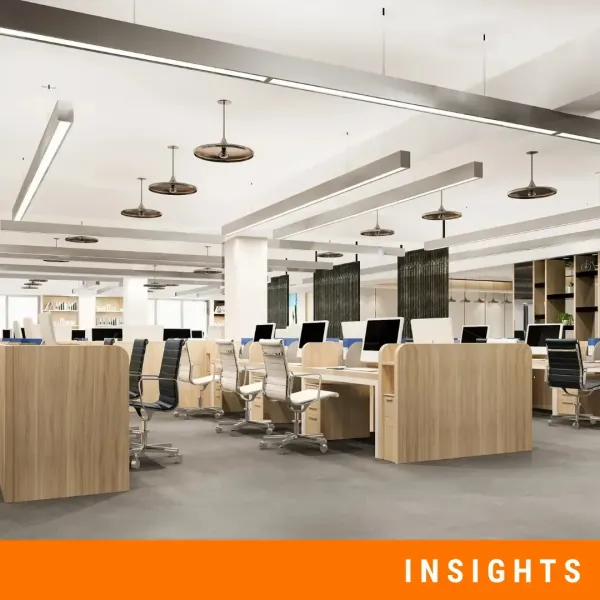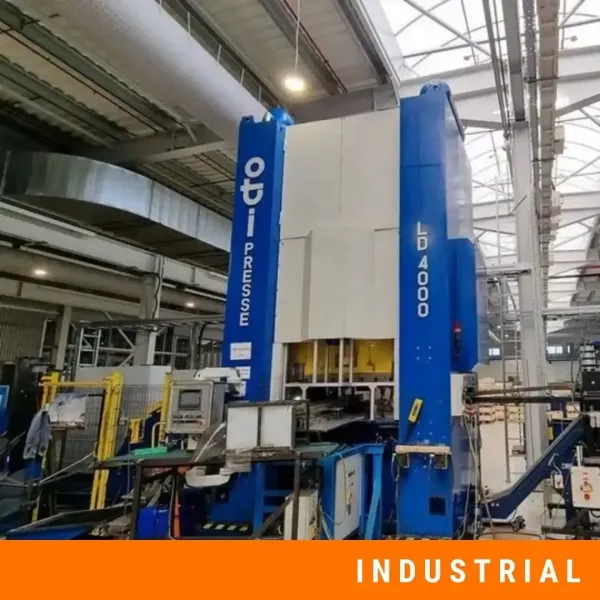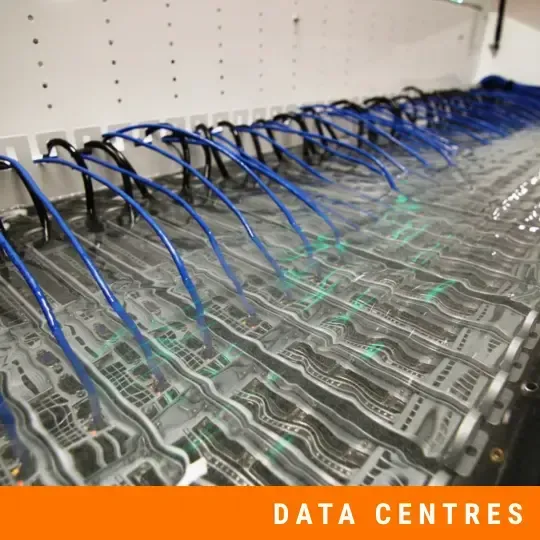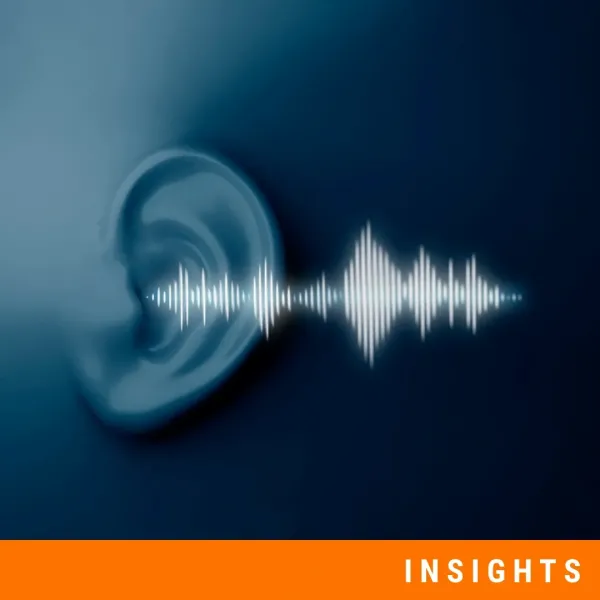Selecting the Right Soundproofing Materials for Heavy Machinery
Heavy machinery is the backbone of industrial operations, but it often brings with it extreme noise levels that put both people and productivity at risk. Exposure to continuous high-decibel environments can damage hearing, increase fatigue, and reduce concentration, creating an unsafe and inefficient workplace.
This guide walks you through the key factors in choosing the right soundproofing materials for heavy machinery, ensuring effective noise control that protects workers, extends equipment life, and keeps your operations compliant.
Why Heavy Machinery Noise is a Serious Issue
Industrial machinery such as compressors, generators, and presses routinely operate at levels between 85 and 120 decibels (dB), depending on their size and function. For comparison, 85 dB is the noise of heavy city traffic, while 120 dB is comparable to a jet engine at take-off. Sustained exposure to these sound levels places workers at serious risk.
The most immediate danger is hearing damage. Prolonged exposure to noise above 85 dB can cause permanent hearing loss, according to the U.S. Occupational Safety and Health Administration (OSHA). Beyond hearing, high noise environments increase fatigue, elevate stress hormones, and impair concentration. Over time, this translates into reduced productivity and higher accident risk on the factory floor.
Regulatory bodies set clear limits to protect workers. In the United States, OSHA requires that employee exposure not exceed 90 dB over an 8-hour workday, with stricter limits at higher decibel levels.
In Europe, the EU Directive 2003/10/EC sets a lower exposure action value at 80 dB(A), requiring employers to provide protection and implement noise reduction measures. Meeting these standards is a legal obligation and an ethical responsibility to safeguard staff health and maintain operational efficiency.

Key Factors to Consider Before Choosing Materials
Selecting the right soundproofing solution begins with understanding the unique challenges of each machine and environment. The following factors will determine how effective a material will be in reducing noise.
Identify the Noise Source
Different parts of heavy machinery produce different noise profiles. Engines generate continuous airborne noise, while moving parts such as gears and belts often create intermittent bursts. Vibrations from large presses or cutting equipment transfer through the floor and structure, amplifying sound beyond the immediate area. Mapping these sources helps engineers match materials to the problem.
Distinguish Between Airborne and Structure-Borne Noise
Noise from heavy machinery falls into two broad categories:
- Airborne noise travels through the air, such as the roar of a diesel generator. Materials with mass, like barriers or enclosures, are most effective here.
- Structure-borne noise is caused by vibrations passing through solid surfaces like floors, walls, and frames. Damping and isolation materials are crucial for breaking this transmission path.
Assess Space and Installation Constraints
Industrial sites rarely offer unlimited space for soundproofing. Enclosures need to fit around machinery without restricting access or interfering with cooling systems. Panels and barriers must be positioned so they reduce noise effectively while maintaining safe workflows.
Choosing slim, high-performance materials can achieve results without compromising floor space. This is why custom solutions are the standard approach, and everything starts with an initial acoustic consultation. To save time and effort, we can provide a simulation of the solution.
Plan for Maintenance and Accessibility
Most of the time, access doors and inspection windows are required as well. Doors and windows, if not constructed properly, are often weak points from which sound can leak.
Soundproofing solutions must allow for regular machine servicing. Enclosures with removable panels, access doors, or inspection hatches provide a balance between acoustic performance and practicality.
If access is ignored in the design stage, materials may need to be dismantled for maintenance, leading to unnecessary downtime and higher costs.
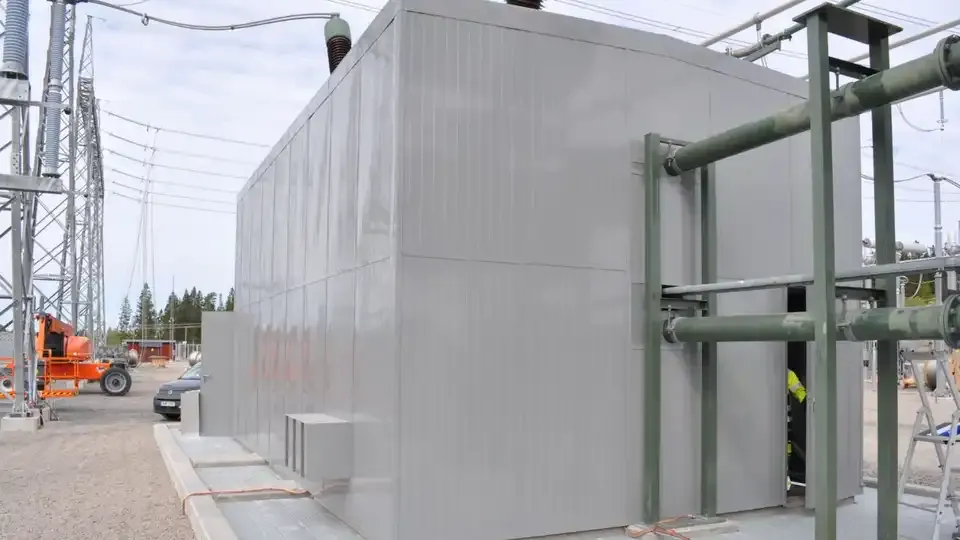
Categories of Soundproofing Materials for Heavy Machinery
Effective noise control relies on selecting materials that directly address the type of sound and vibration produced by machinery. Different materials work in different ways, and in many industrial projects, a combination delivers the best outcome.
Mass-Loaded Barriers
Mass is one of the most effective defences against airborne noise. The heavier and denser a barrier, the harder it is for sound waves to pass through. In industrial settings, mass-loaded panels, sheets, and composite boards are commonly used to block engine noise and high-decibel emissions from heavy equipment.
- Panels and sheets can be mounted around machinery or walls to contain airborne noise.
- Composites combine mass with flexible layers that improve performance across a broader frequency range.
These materials are especially valuable when space is limited and a thin, high-density solution is needed.
Absorptive Materials
While barriers block sound, absorptive materials reduce reflections and reverberation inside enclosures or factory spaces. This makes them essential for controlling echo and lowering the overall noise footprint.
- Mineral wool and fibreglass are durable, fire-resistant, and effective in high-temperature environments.
- Acoustic foams are lightweight and easy to fit, making them suitable for lining panels and enclosures.
- Fabric-wrapped acoustic panels can also be used in machinery rooms to dampen reflected sound energy.
Absorptive materials work best when combined with barriers, preventing sound build-up and improving clarity in noisy industrial environments.
Vibration-Damping Solutions
A large proportion of machinery noise is caused by structure-borne vibration. Without treatment, vibrations travel through floors, walls, and frames, radiating as secondary airborne noise. Damping and isolation materials are designed to break this transmission path.
- Rubber mats and pads absorb impact vibrations from machines placed on floors.
- Isolation mounts and spring systems decouple machinery from its support structure, reducing the transfer of low-frequency vibration.
- Constrained-layer damping materials add stiffness and absorb vibration energy within panels or casings.
These solutions are essential for heavy presses, cutting machines, and equipment with rotating or reciprocating parts.
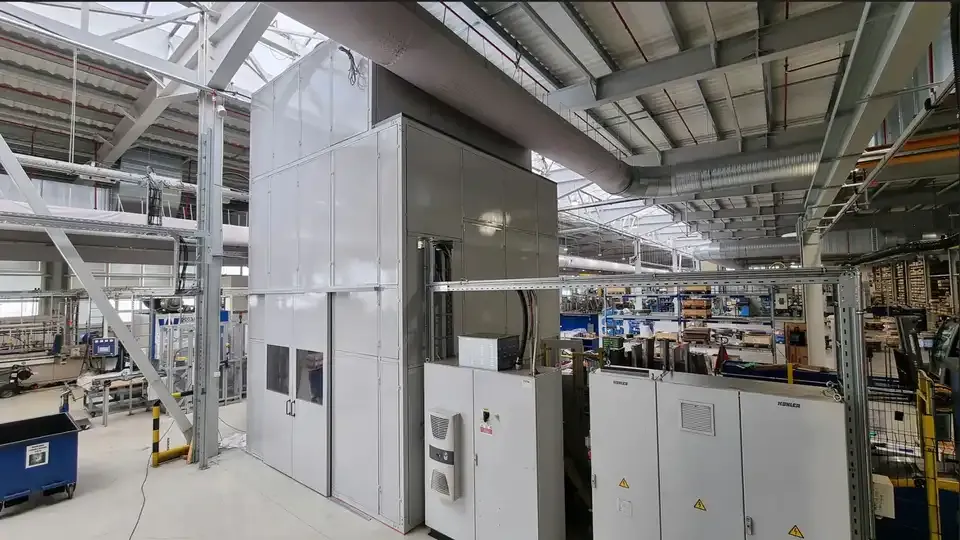
Enclosure Systems
For the highest level of noise reduction, entire machines are enclosed in custom soundproofing systems. These enclosures combine multiple strategies, including mass barriers, absorptive linings, and vibration isolation.
- Metal and composite enclosures provide robust, fire-resistant shells that contain noise.
- Perforated panels with absorptive cores improve internal acoustics while maintaining airflow.
- Access doors, hatches, and louvres ensure machinery remains serviceable and properly ventilated without compromising acoustic performance.
Well-designed enclosures can reduce noise by 20 to 40 dB, often making the difference between exceeding legal noise limits and achieving full compliance.
Case Applications of Soundproofing in Machinery
These real‑world examples showcase how DECIBEL solves high‑noise industrial challenges through targeted solutions—demonstrating depth, technical precision, and creative engineering.
Custom Soundproofing Cabin – Hansgrohe Project
At a production facility for Hansgrohe, one machine generated noise reaching 120 dB. DECIBEL crafted a bespoke acoustic cabin to surround the unit, reducing noise to a safer 78 dB, a substantial improvement proven via independent testing.
The cabin featured PZP acoustic panels, automated sliding doors with sensors, viewing windows, and integrated lighting.
Installation was particularly challenging: the structure reached 9 metres in height, requiring the use of boom lifts, telehandlers, and even an alpinist. The outcome: an operationally seamless, acoustically superior solution that met client constraints and protected workers.
Conveyor Noise Reduction at Lafarge Cement Plant
DECIBEL confronted a challenge at Lafarge’s cement plant, where a conveyor system operating near a residential area emitted noise of 65 dB, a disturbance to local communities.
The solution combined galvanised steel trays with mineral‑wool cores and perforated faces applied along 35 metres of conveyor line, plus similar absorptive panels inside the spillway tower to reduce reverberation.
The strategy delivered a noise reduction below the target 50 dB threshold, improving environmental compliance without halting production.
Anti-Vibration Mounts, Pads & Hangers
Beyond airborne noise, DECIBEL offers solutions for vibration‑induced noise. Our product line includes anti‑vibration mounts, pads, and hangers for industrial use, helping mitigate harmful vibrations and safeguard machinery performance and worker health.
For example, the Decibel AM spring mount is engineered for low‑weight machines, ideal for controlling low‑frequency vibration around 400 RPM (for example, air compressors and two‑cycle engines).
Constructed with a galvanised base and elastic polymer rubber, it offers up to 1″ deformation and a natural frequency of 3 Hz under maximum load. Available in variants (AM 25, 50, 100, 150) to match different weight ranges.
Soundproofing heavy machinery safeguards worker health, enhances productivity, and ensures compliance with regulatory standards. To achieve meaningful results, solutions must be tailored to the unique profile of each machine. That means identifying noise sources, distinguishing airborne sound from vibration, and accommodating practical constraints around access, space, and maintenance.
The strongest outcomes emerge when mass-loaded barriers, absorptive linings, vibration isolation, and custom enclosures are combined in thoughtfully engineered systems. DECIBEL merges innovation, material science, and engineering to deliver effective, compliant, and durable solutions.
When you’re ready to quiet your workspace and empower your operations with clear, controlled, and safe environments, DECIBEL stands ready to help every step of the way.
Get in touch for professional-grade industrial soundproofing and noise control!
